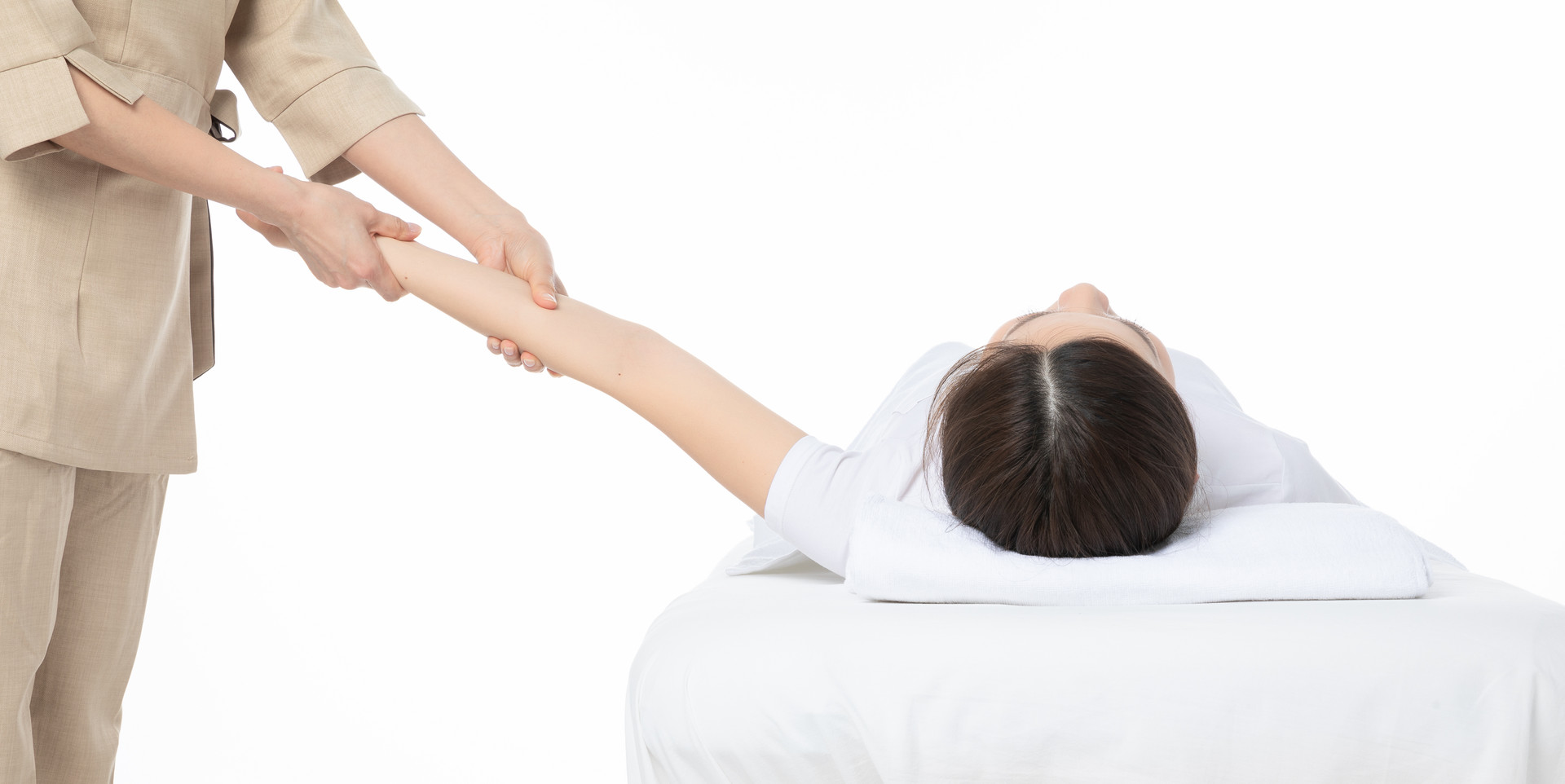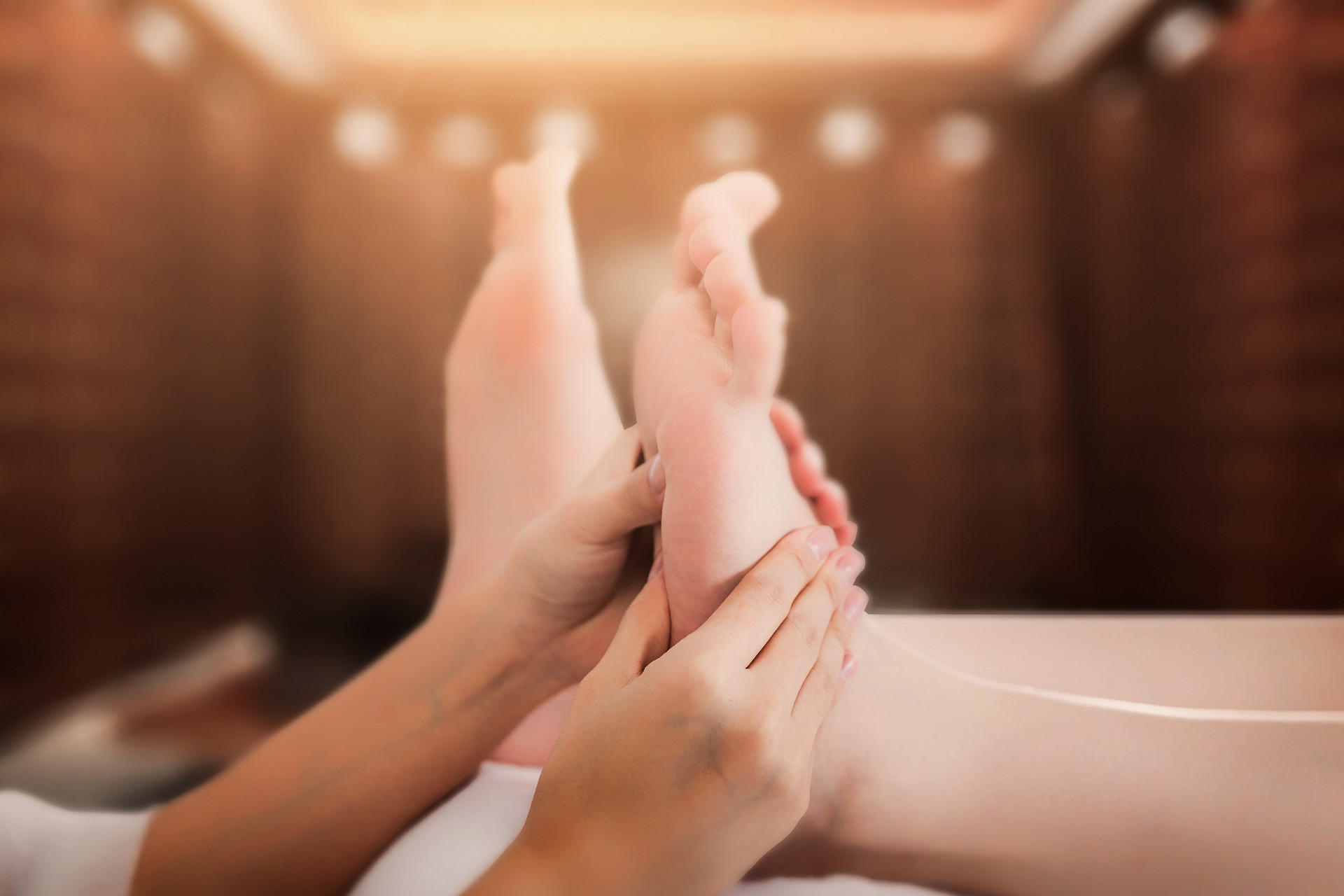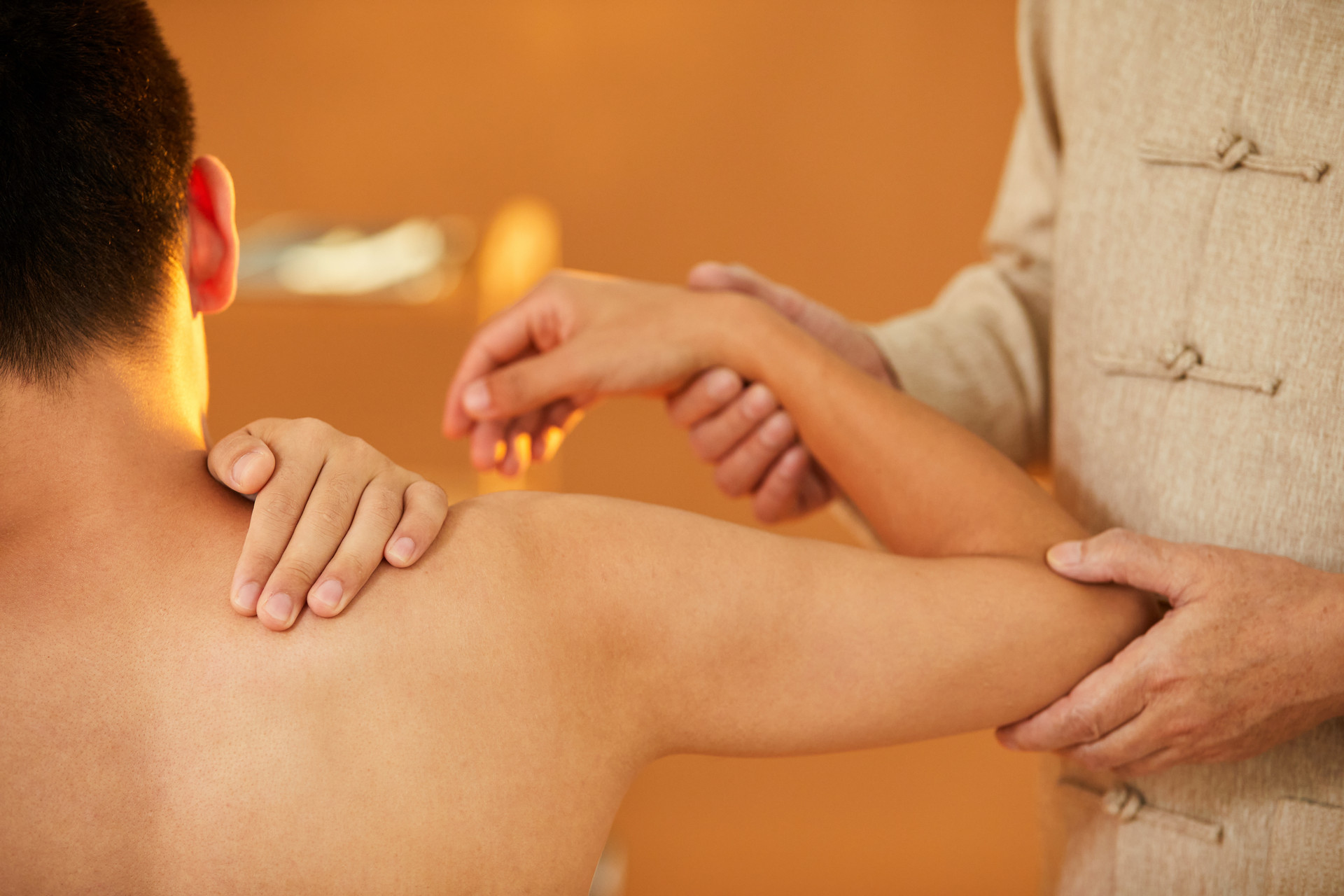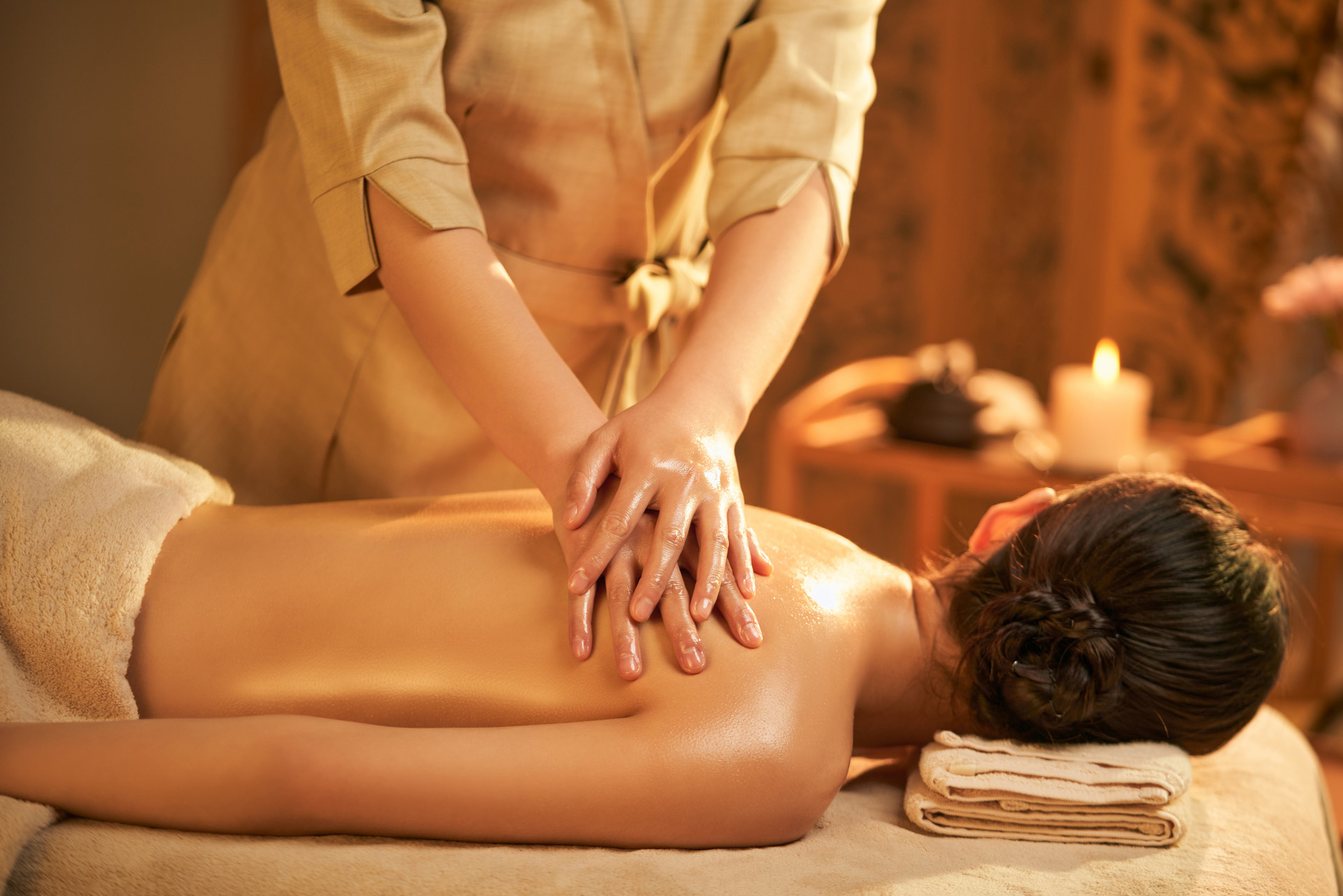
Pediatric Tuina is an integral part of traditional Chinese medicine. Guided by the theory of traditional Chinese medicine, it massages specific acupoints on the child's body based on the physiological and pathological characteristics of children, in order to harmonize yin and yang and regulate the functions of organs, qi, and blood, thus achieving the purpose of preventing and treating diseases. With the improvement of living standards, people are paying more and more attention to their health and daily wellness, especially for children. They hope to minimize the use of medication and use some non-side-effect therapies to help their children grow up healthily. Pediatric Tuina and dietary regulation have responded to this trend and have been welcomed and trusted by parents. The techniques used in pediatric Tuina are different from those used in adults due to their physiological characteristics. Children have clear and agile viscera qi, and the clear and agile viscera qi is a necessary condition for the regeneration and repair of organs after damage. Tuina can activate the clear and agile viscera qi of the organs, thus achieving the same therapeutic effect as Chinese medicine.
Characteristics of Pediatric Tuina Techniques
Pediatric Tuina techniques require lightness, gentleness, stability, and effectiveness. Common techniques include pushing, rubbing, kneading, pressing, pinching, friction, squeezing, beating, grasping, shaking, rubbing, twisting, and rocking. Compound techniques are unique to pediatric Tuina, and common compound techniques include "wasp entering the hole," "wasp leaving the hole," "pressing the string and rubbing," "turtle tail with seven sections," "rubbing the abdomen and kneading the navel," "scooping water from the bottom of the river," "clearing the sky and river," "crossing the river on horseback," "dragon swinging its tail," "phoenix spreading its wings," "entering the tiger's mouth at Tianmen," "transporting earth into water," "transporting water into earth," "opening the Xuan machine," "regulating the five organs," "purifying the lungs," "warming up the dantian," and "four major techniques for the head and face." Pediatric Tuina can be applied to a variety of diseases, but some diseases require medication or other treatment methods. Based on my clinical experience of using pediatric Tuina, I have come to several insights.
Digestive system and respiratory system diseases are the advantages of pediatric Tuina. These include abdominal pain, diarrhea, bloating, vomiting, loss of appetite, constipation, heatstroke, cold, fever, cough, and chronic tonsillitis. Especially for acute functional abdominal pain, bloating, heatstroke, and fever, the effects of Tuina are often immediate, and it is highly recognized by children and their families.
Tuina techniques on the Governor Vessel and the foot taiyang bladder meridian can be effective in many pediatric diseases, and can be used as basic techniques and basic prescriptions for pediatric Tuina. When treating evidence-based and superficial evidence-based diseases, the techniques can be slightly stronger to achieve the purpose of sweating, dispelling evil, and purging excess.
Children often have "spleen deficiency", so it is important to protect the spleen and stomach in clinical treatment. When the qi of the spleen and stomach is strong, diseases tend to recover. Therefore, in the selection of basic formulas for treating diseases, it is often necessary to coordinate with tonifying the spleen meridian, rubbing the gate of the abdomen, and transporting the eight trigrams to invigorate the spleen and assist in promoting movement.
For children over 2 years old who have a strong constitution, scraping the back is more effective and faster in relieving fever, heatstroke, abdominal pain, and vomiting, and it is not necessary to restrict its use to severe and urgent cases. By using a buffalo horn scraping board and ginger oil, and mastering appropriate techniques and strength, the child can generally cooperate with the treatment.
Pediatric Tuina has its scope of application and its therapeutic effect should not be exaggerated. When encountering severe and complicated diseases, it should be combined with other treatments to avoid delaying the condition and causing disputes. Each operation should last about 10-15 minutes, once a day. When scraping acupoints, generally only operate once, or repeat it after two or three days.
Examples of Common Pediatric Diseases and Tuina Techniques
Cold: It is characterized by nasal congestion, runny nose, cough, fever, headache, etc. caused by external pathogens, often accompanied by vomiting, abdominal pain, and diarrhea. External pathogens are mainly wind, often mixed with other evils to form wind-cold, wind-heat, summer dampness, and wind-dryness. Treatment principle: dispel wind and release the surface. Basic techniques: four major techniques for the head and face, rubbing and pushing Baihui and Sishen acupoints, "wasp leaving the hole" technique, pushing San Guan, grasping Fengchi, grasping Jianjing. For wind-cold cold, pinch Er Shan Men, rub Wai Lao Gong, grasp Lie Que to warm the meridian and dispel cold. For wind-heat cold, add clear sky and river, rub Nei Lao Gong, grasp Jing Jia Ji to release the surface and clear heat. For autumn dryness cold, add clear sky and river, pinch and rub Er Ren Shang Ma to release the surface and moisturize dryness. For summer dampness cold, add scrape Jing Jia Ji and Da Zhui acupoints to expel heat and open the meridians in the head. When there is vomiting, add clearing the stomach meridian, transporting the internal eight trigrams, pinching and rubbing the four horizontal lines, pushing Tian Zhu acupoint. For diarrhea, add tonifying the spleen meridian, transporting the gate of the abdomen, pushing the seventh section of the bone, rubbing the turtle tail.
Cough: It is a protective respiratory reflex action of the body, which can be seen in the process of various diseases. The basic mechanism of cough is the dysfunction of lung clearing and purging. According to different causes, it can be divided into external wind-cold cough and internal damage cough. General treatment: clear and purify the lung metal. Basic techniques: clear the liver and pacify the lung, press Que Pen, rub Tian Tu, purify the lung, descend the lung, rub the lung Yu acupoint until it becomes red and hot. When there are obvious symptoms of external pathogens, add the four major techniques, grasp Feng Chi, grasp Lie Que, grasp Jianjing. When there is phlegm-dampness, add cough acupoints to induce vomiting, tonify the spleen meridian, transport the gate of the abdomen, pinch and rub the four horizontal lines, transport the internal eight trigrams. When there is deficient lung qi due to long-term cough, add tonify the spleen meridian, tonify the lung meridian, tonify the kidney meridian, pinch the spine.
Chronic Tonsillitis: It is characterized by chronic enlargement of the tonsils in children, with aggravated symptoms during a cold. This disease is mostly a chronic process, and its basic mechanism is that the true deficiency heat toxin is not exhausted, and phlegm and blood stasis are intertwined in the throat nucleus. The basic treatment is to support the righteous and expel the evil, and the focus of supporting the righteous is to regulate the lungs, spleen, and kidneys, and the focus of expelling the evil is to transform phlegm, remove stasis, disperse knots, and clear heat. Basic techniques: push San Guan, clear the sky and river, clear the sky pillar bone, rub and press Jiao Sun, rub and press the tonsil acupoints, grasp Feng Chi, pinch Shao Shang, pinch Shang Yang, rub and press Zu San Li, grasp Jianjing. For those with qi and yin deficiency, add tonify the spleen meridian, tonify the kidney meridian, rub the Er Ma, pinch the spine. For those with gastric and intestinal accumulation of heat, add clearing the stomach meridian, clearing the large intestine, clearing the gate of the abdomen, retracting the six fu organs.
Loss of Appetite: Refers to children having a poor appetite for a long time, not thinking about eating, or even having aversion to food. Due to loss of appetite, insufficient nutrient intake can affect growth and development, and it can also trigger other diseases. The common cause of loss of appetite in children is deficiency of the spleen and weak transport function, or stagnation in the middle burner, which leads to poor reception of the stomach and intestines. Treatment: invigorate the spleen and promote digestion and resolve stagnation. Basic techniques: tonify the spleen meridian, clear the stomach meridian, transport the gate of the abdomen, transport the internal eight trigrams, pinch and rub the four horizontal lines, rub and press Zu San Li, pinch the spine. For those with gastric and intestinal stagnation, add rub Zhong Wan, pinch and push the abdomen in the yin-yang direction, scrape the spleen Yu, stomach Yu, and large intestine Yu. For those with deficiency of qi and yin, add tonify the spleen meridian, tonify the kidney meridian, rub Zu San Li, pinch the spine. For those with cold and pain in the stomach and intestines, add rub Wai Lao Gong, "beehive" technique, push San Guan. For those with heat in the stomach and intestines, add retreat the six fu organs, clear the sky and river.
Abdominal Pain: Children's abdominal pain is mainly concentrated around the navel, and it is difficult to distinguish between gastric pain and abdominal pain. Therefore, it is generally called abdominal pain. Many factors can cause poor gastric and intestinal motility, obstructed qi movement, and resulting pain. Therefore, the common mechanism of abdominal pain is that if there is no movement, there will be pain, so the treatment principle is to promote movement. Basic techniques: operate acupoints on the back, apply scraping from the Liver Yu to the Large Intestine Yu, rub and press the "beehive" acupoint, rub and press the abdomen, shake, rub, press, vibrate, pinch and push the abdomen in the yin-yang direction, grasp the abdominal corner. For those with cold pain, add push San Guan, rub Wai Lao Gong. For those with vomiting, add clearing the stomach meridian, transport the internal eight trigrams, pinch and rub the four horizontal lines, push Tian Zhu acupoint. For those with diarrhea, add tonify the spleen meridian, transport the gate of the abdomen, push the seventh section of the bone.
Diarrhea: Children's spleen and stomach function is not yet perfect, and their digestive function is weak. Whether it is internal damage from diet or external pathogens, it can cause spleen and stomach dysfunction and diarrhea. The basic mechanism of diarrhea is that the small intestines cannot distinguish turbid from clear, or the large intestines have abnormal conduction. Therefore, distinguishing turbid from clear is the basic treatment principle for diarrhea. Distinguishing turbid from clear occurs in the small intestines, and ascending clear and descending turbid occurs in the spleen and stomach, so the treatment mainly focuses on regulating the small intestines, large intestines, and spleen and stomach. Basic techniques: four methods to stop diarrhea (turtle tail with seven sections, rubbing and pressing the abdomen), tonify the spleen meridian, push the large intestine, clear the small intestine. For those with evidence-based diarrhea, add rub the gate of the abdomen, pinch and rub the four horizontal lines, transport the internal eight trigrams. For those with deficiency syndrome diarrhea, add tonify the spleen meridian, tonify the kidney meridian, rub Zu San Li, pinch the spine. For those with cold diarrhea, add rub Wai Lao Gong, rub the "beehive" acupoint, push San Guan. For those with heat diarrhea, add retreat the six fu organs, clear the sky and river.
Acute Convulsions: It is often caused by external pathogenic fever, accompanied by phlegm stagnation, invading the pericardium, and causing liver wind, leading to high fever and convulsions. The internal movement of liver wind is the overall mechanism of convulsions, and when it occurs, it is appropriate to see convulsions and pinch convulsions, and open the orifices and awaken the mind to treat the symptoms. Preferred techniques: pinch Ren Zhong, Cheng Jiang, Shi Xuan (or Shi Xuan bloodletting), Duan Zheng, Lao Long, Wei Zhong, Cheng Shan, operate acupoints from heavy to fast, and it is best to make the child cry and feel pain, so that the child can recover from the seizure as soon as possible. During the rest period, basic techniques include clearing the heart and liver, kneading the small heavenly heart, clearing the sky and river, pinching Qu Chi, pinching Wei Zhong, pinching Bai Chong, pinching Cheng Shan, operate acupoints on the chest. For those with phlegm and saliva internal accumulation, add transport the internal eight trigrams, clear the large intestine, pinch and rub the four horizontal lines, rub the gate of the abdomen. For those with high fever, add scoop water from the bottom of the river, clear the sky pillar bone, push Qiao Gong, apply ice to the fontanelle.







